After over ten years of doing content marketing, I’m still learning.
Believe it or not, I’m still studying content marketing and making tweaks to my strategies.
I bookmark articles on content marketing that I find useful, and I learn from marketers who are way smarter than me.
I’m always looking for ways to learn more and make my businesses better for it.
The best content marketers I know are always trying to expand their horizons.
They don’t stick to the same old tactics over and over again. They try new things and learn from the successes and their failures.
On the other hand, whenever I talk to a content marketer who thinks they know everything, I notice that their marketing isn’t bringing in the best results.
I don’t think that’s a coincidence.
Content marketing is tricky, and it’s something that changes over time. Even just five years ago, successful content marketing techniques looked a lot different.
If you’re not actively seeking out new ways to improve your content marketing, your results will start to become worse.
So what if you don’t know where to look to enhance your content marketing knowledge?
That’s exactly why I wrote this article. I’m going to share with you five steps for becoming a better content marketer no matter how experienced you are.
Best of all, you can use this system over and over again. Let’s get into it.
1. Identify your weak areas
The first step to improving in anything is to sniff out your weaknesses and acknowledge them.
That means you have to be brutally honest with yourself. You can’t pretend like bad results are okay if you really want to improve.
To figure out where your weaknesses lie, you’ll have to take a hard look at your metrics.
I like using Google Analytics to keep up to date with all the important metrics:
But that raises an interesting question: What are the important metrics?
The first one is conversion. Duh, I know, but I can’t talk about metrics without talking about conversion.
It’s obviously a super important metric. To many marketers, a high conversion rate means success.
What is a high conversion rate, anyway?
There’s no universal standard because conversion rate is tough to define. It also depends on your specific business.
That said, about 11% is a good goal to shoot for. Why? WordStream found that the top 10% of businesses using Google AdWords converted at an average rate of 11.45%.
They also found that the overall average conversion rate was around 2.35%.
That doesn’t mean you should be happy with a 2.35% conversion rate––just consider it a baseline.
In other words, if you have a 2.35% conversion rate, you’re pretty much neck-and-neck with your competitors.
I know an 11.45% conversion rate might sound like nothing more than a dream, but it’s definitely possible.
But it all starts with evaluating your current conversion rate.
If you want to get really specific, you can work out your exact conversion rate instead of using Google Analytics.
The formula that’s widely accepted as the standard is this:
I know it looks like scary math, but it’s actually pretty straightforward.
Just plug in the numbers, and bam, you have your conversion rate right in front of you.
Notice how the formula says “visitors who take the desired action.” That action could be anything (e.g., a click, a purchase, etc.), so you can use any metric you’d like there.
Let’s say 120 people visited your homepage and 35 of them clicked through to your store page. You’d have a conversion rate of about 29%.
Like I said, it works with different metrics. So if 150 people visited your landing page and 22 watched your video, you’d have a 14.6% conversion rate.
Enough about conversion––let’s talk about other important metrics.
The second important metric to be aware of is average time on page.
This is a metric that doesn’t usually get a lot of attention, but it’s incredibly important.
That’s because average time on page is an engagement metric.
Today, the average user’s attention span is about 8 seconds long.
Because of this, most sites’ average time on page will be rather low.
It also means that a high on-page time means you’re engaging your users well. And the longer a user stays on your site, the more likely they are to convert.
Again, there’s no gold standard for this metric, so you have to figure out what’s best for each situation.
Do you have a 2-minute explainer video on your homepage that you want people to watch? Then you should expect a time on page of a little over 2 minutes.
If you just want your users to click through to another page, a good time on page could be anywhere from 5 to 30 seconds.
The third important metric is the amount of social shares.
It’s easy to see why this one is so crucial.
You want as many people as possible to share your content. Sharing makes your visibility go through the roof, and you can even get backlinks from it.
It’s just an all around good indicator of how popular your site is (and how popular your competitors are).
These three metrics are weak spots for lots of businesses. Of course, you should check out as many metrics as possible, but this is a good start.
2. Determine why you have weaknesses
Once you’ve identified what your weak metrics are, it’s time to figure out why those metrics are poor.
This is a step most marketers don’t pay that much attention to. They usually just find bad metrics and try different techniques to improve them.
The real way to improve your metrics is to create improvements based on what your specific audience wants.
It’s not enough to use trial and error with different strategies. You need a customized solution.
While it’d be impossible for me to personally consult with each and every one of you, I’ll do the next best thing.
I’ll tell you what trips up most businesses, and I’m confident one of these reasons will be true for you.
The first reason most companies have poor metrics is because of this: They don’t engage their users well enough.
I consult with thousands of businesses every year, and this is by far the biggest reason for bad metrics.
User engagement refers to any metrics that require the user to take some action or interact with any kind of content.
Social shares and average time on page are some of the important user engagement metrics you need to be tracking.
The vast majority of businesses I consult with are lacking in one or more of these areas.
Chances are your user engagement isn’t as good as you’d like.
Here are some of the most common symptoms of low user engagement:
- High bounce rate
- Low average time on page
- Low session duration
- Low number of social shares
If any of your pages have one or more of these symptoms, you’re probably not engaging your users well.
Another reason for bad metrics is poor content.
Even though content is obviously a big part of content marketing, we often overlook it.
I know I’ve been guilty of thinking more about the marketing part than the content part. Once I started focusing more on the content itself, the marketing became a lot easier.
But creating good content can be tough. In fact, it’s most content marketers’ number one concern.
This also ties in with user engagement. If your content is subpar, it won’t be interesting to your users.
But even if your users do engage with your content, it might not matter. If your content isn’t outstanding, it won’t do a good job of converting even if people are interacting with it.
You have to publish outstanding content if you want to be heard. More importantly, your content has to offer value to your readers. That’s how you’ll score more conversions.
A third reason is the lack of emotional connection with users.
This also ties in with the other two problems I’ve talked about, but this one is particularly problematic.
Emotional connections (also known as pathos) are how your users relate to your content.
If you can make your users feel something, they’ll be more likely to eventually convert.
Creating this connection is one piece of the puzzle that is content marketing.
While these three problem areas are some of the most common, you need to look at your entire content marketing strategy and figure out why you have weaknesses.
3. Identify a detailed solution for each problem
Even though I could sum up this step in one headline, it actually consists of several parts.
You can’t just do a quick Google search for solutions and try them out one by one.
You have to consider what will give you the best results and what will fix your problems in the long term.
For the best results, you need to create detailed action plans to put these solutions to work.
I’ll show you how to create an action plan in a minute, but first, I want to cover some solutions to common problems.
To recap, the three big problems we talked about were low user engagement, poor content and lack of emotional engagement.
As it turns out, all of these problems are connected to one another.
To fix them, you need to think more about your users.
Specifically, you need to think about your user experience (UX) as a whole.
UX is made up of several components. Check them out. It’s a partial list.
Every piece of content you publish should meet all of these criteria. These are the building blocks of value.
So your content has to be valuable first and foremost.
Value is what’s going to stop readers in their tracks and make them pay attention to you. You can build an entire marketing strategy on valuable content alone.
I could write twenty articles on how to make content more valuable, so I won’t go into depth here. If you want to read more, I suggest starting here.
What about building an emotional connection?
As you might be able to guess, that’s no small task. You have to get to know your users better and then understand how to emotionally engage them.
Think of it as improving the emotional intelligence of your brand.
What do your users want? What do they crave? Which emotions can you tap into to get the best results?
It requires a lot of research into your user base. I recommend starting with psychographics in Google Analytics.
Psychographics will help you understand what your users want and need. Here are some of those psychographics.
So you know that 1) your content has to be super valuable and 2) it has to connect with your users in some way.
However, you can’t just have valuable or emotionally charged content.
You could have the best content in the world, but if no one is actually seeing it, nothing good will come of it.
That’s why you also have to think about content distribution.
This means getting the right content in front of the right users at the right time.
How are you sharing content with your readers? What channels do you use? How many readers click through to your content and actually consume your content?
These are the kinds of questions you want to be thinking about.
Remember, this all ties into the user experience.
I love this graphic that shows the relationship between content and the user experience:
Content won’t do all of the hard work by itself. You need to wrap it up in a nice package for your readers to open and enjoy.
Value, quality, and emotional connection are all part of that package.
You want your content package to look the best it can. That means quality content delivered straight to the right users.
Like I mentioned, you can do this by getting to know your audience better, creating value-rich content that will emotionally engage them, and then delivering that content.
Finally, you should investigate different methods to increase your conversion rate.
If any of these solutions work for you, that’s great! But you can’t let your guard down.
You might improve your content only to experience a completely different problem down the road. So it pays to be aware of ways to bump up your conversions.
4. Make a detailed action plan
You’ve probably noticed that I’ve stressed the importance of being detailed.
If you’re not specific, your plans will probably fail. That doesn’t mean you’re a bad marketer––it’s just how it goes. I’ve learned that from experience.
Just like you found detailed solutions, you need to create a detailed action plan.
You can use a little bit of detail like this plan.
Or you can go crazy with tons of detail:
Either way, there are a few things you absolutely need to include in your plan.
First, specify your goals.
What do you want to accomplish with your plan?
Again, go detailed with this.
Don’t say: “I want to increase my conversion rate this month.”
Do say: “I want to increase my email conversion rate by 5% in the next four weeks.”
See the difference?
You should pick goals that can be evaluated by metrics.
In other words, you should be able to use metrics to see whether or not you’ve accomplished your goals.
Second, list out each and every step you need to take to achieve your goals.
Figure out what you need to do to achieve your goals.
It’s important that you have actionable steps. You need to be able to reference your plan and immediately know what you have to do.
Third, write down the metrics you’ll use. This will come in handy when it’s time to evaluate your goals.
Once you have all three of these elements, you’ll have an action plan in place.
Here’s a fantastic example of a good content marketing plan:
It mentions detailed goals, actionable steps to take, and metrics to use.
This is a great template to use to model your plan after.
5. Know you’ll always be a student
This last step isn’t really a “step,” because it should be the way you think.
If you want to be the best content marketer possible, you have to understand that you’ll never know it all.
The marketers who think they’re masters are the ones who are having difficulty converting. They have the wrong attitude about it.
You should always want to learn more and improve yourself.
Stay up to date with marketing blogs, read the latest white papers, and ask people for advice and feedback.
If you make this a regular part of your career, I guarantee you that you’ll see improvements in your results.
Conclusion
Even though I’ve been doing content marketing for over a decade, I still learn new things almost every day.
I don’t know everything, and I never will. But I’m always trying to learn more, and my content marketing has gotten better because of that.
Content marketing requires a lot of evaluation and reevaluation. There is no magic formula for always doing things right.
But that doesn’t mean you have to be stuck with lackluster results.
These five steps are designed to get you past any obstacles in your way. They’re steps I’ve used to personally get over some big marketing hurdles.
You’re going to have to be honest with yourself, even if it’s uncomfortable.
You might have to admit to yourself that your marketing strategy hasn’t been working well.
But you’ll also have end goals in sight, and you’ll know how to achieve those goals.
You don’t have to be the best content marketer in the world to get amazing results. You just have to always try to be better.
How are you going to improve your content marketing in the next month?


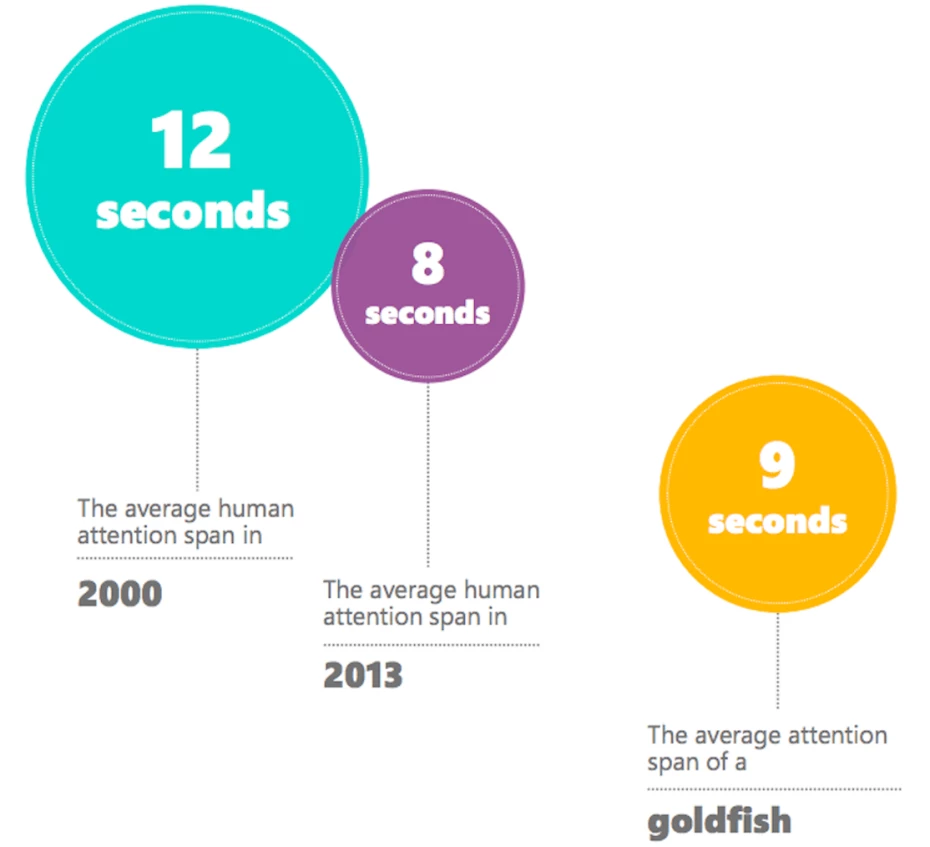
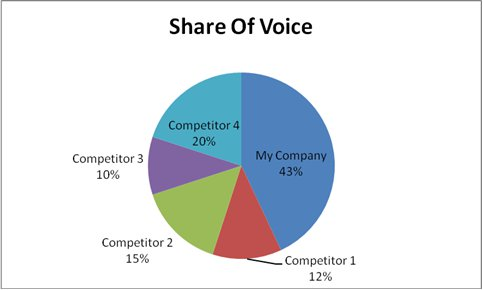
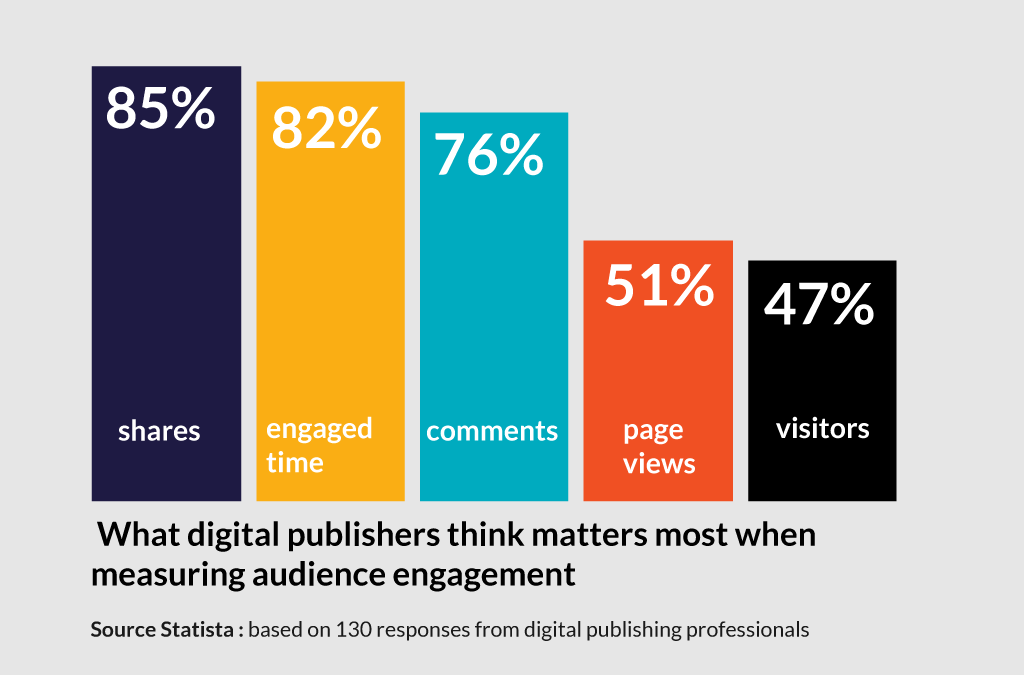
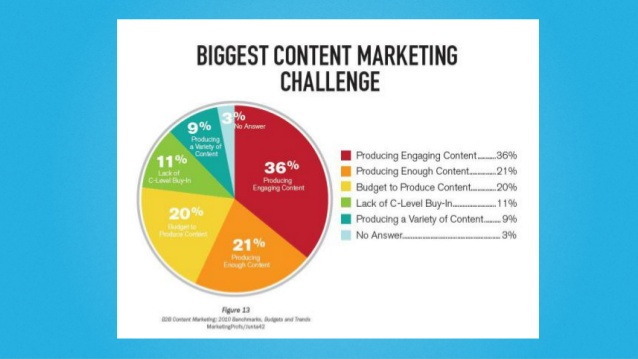
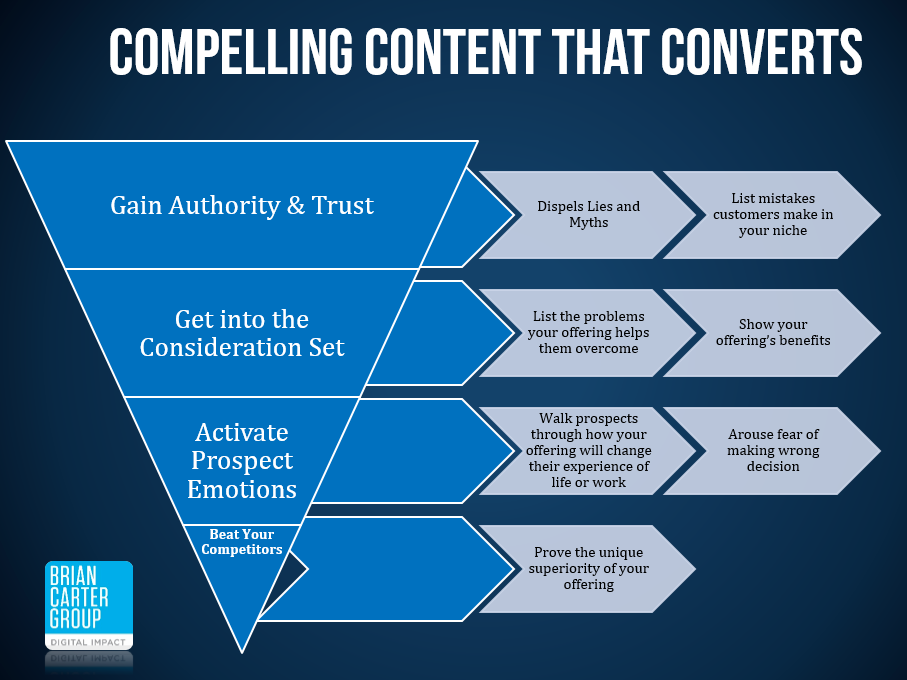
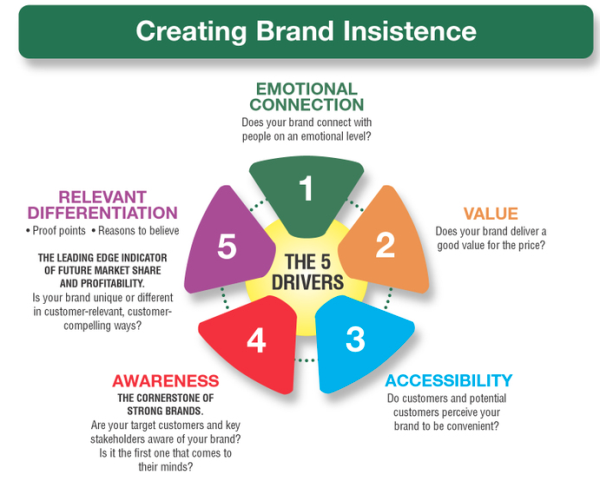
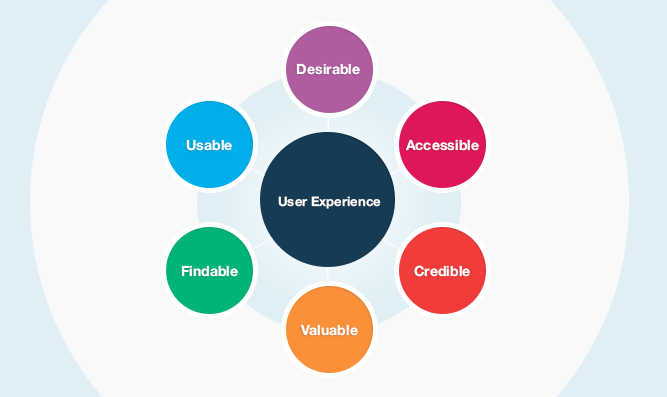
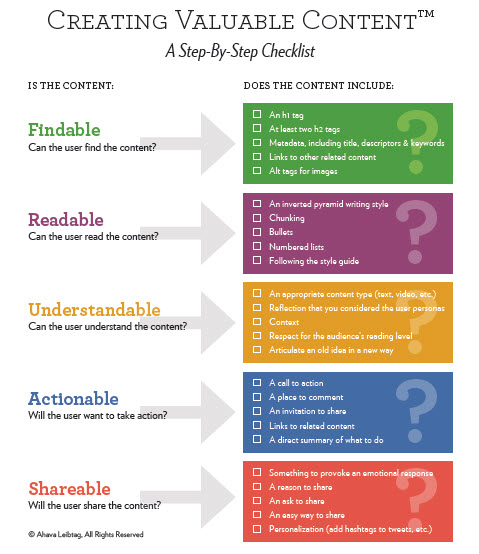
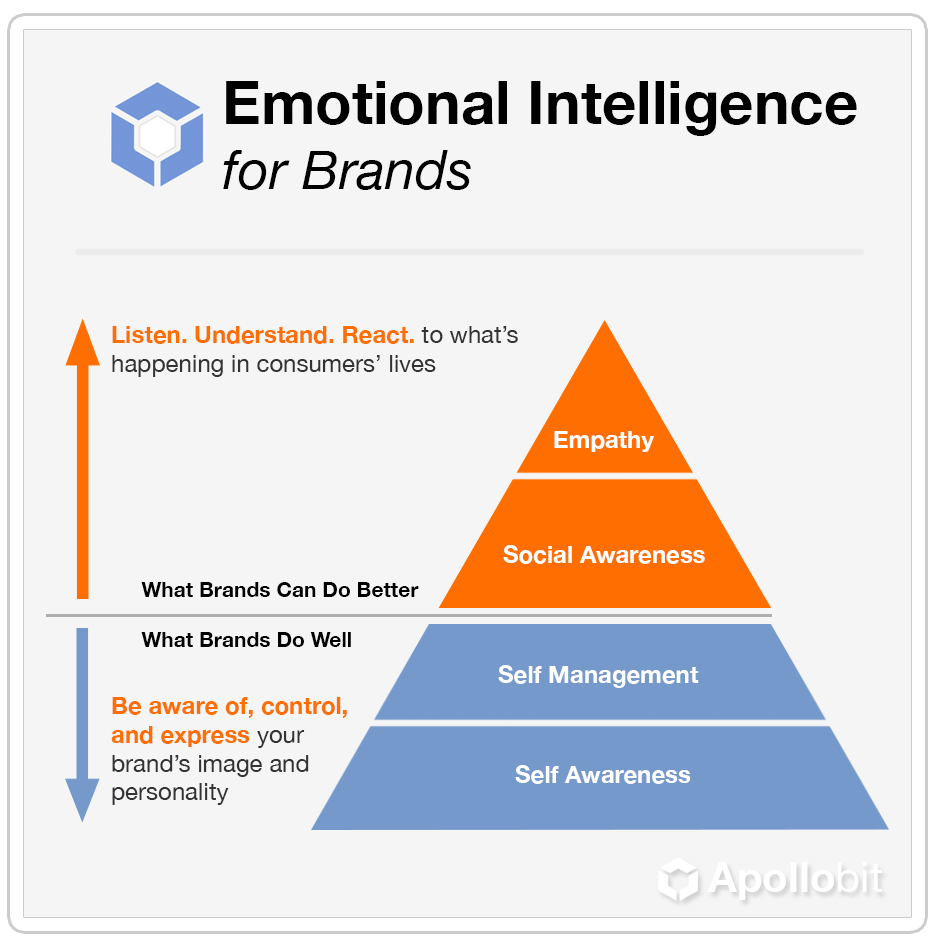
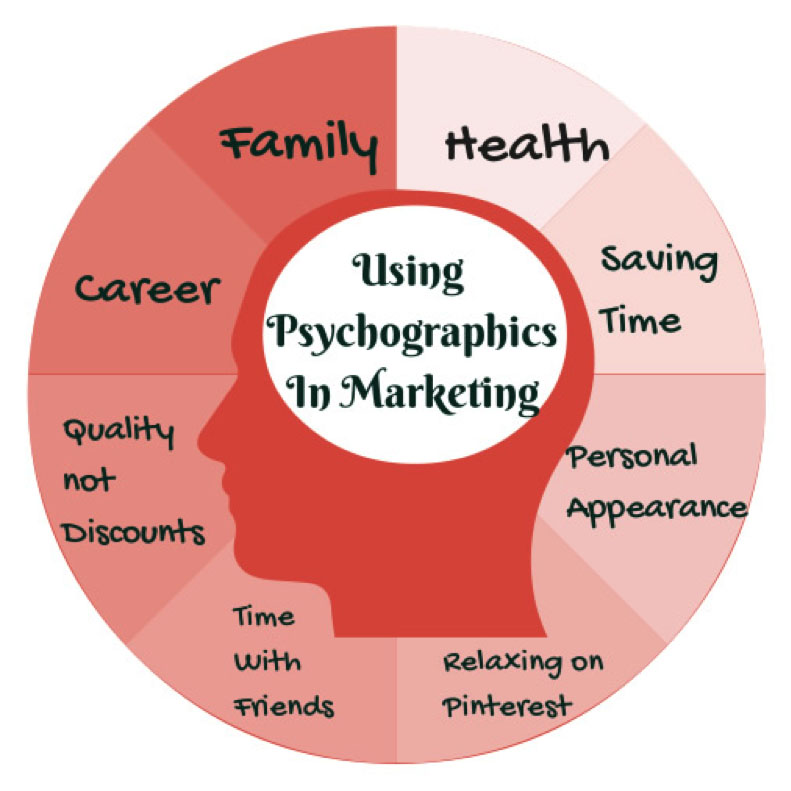
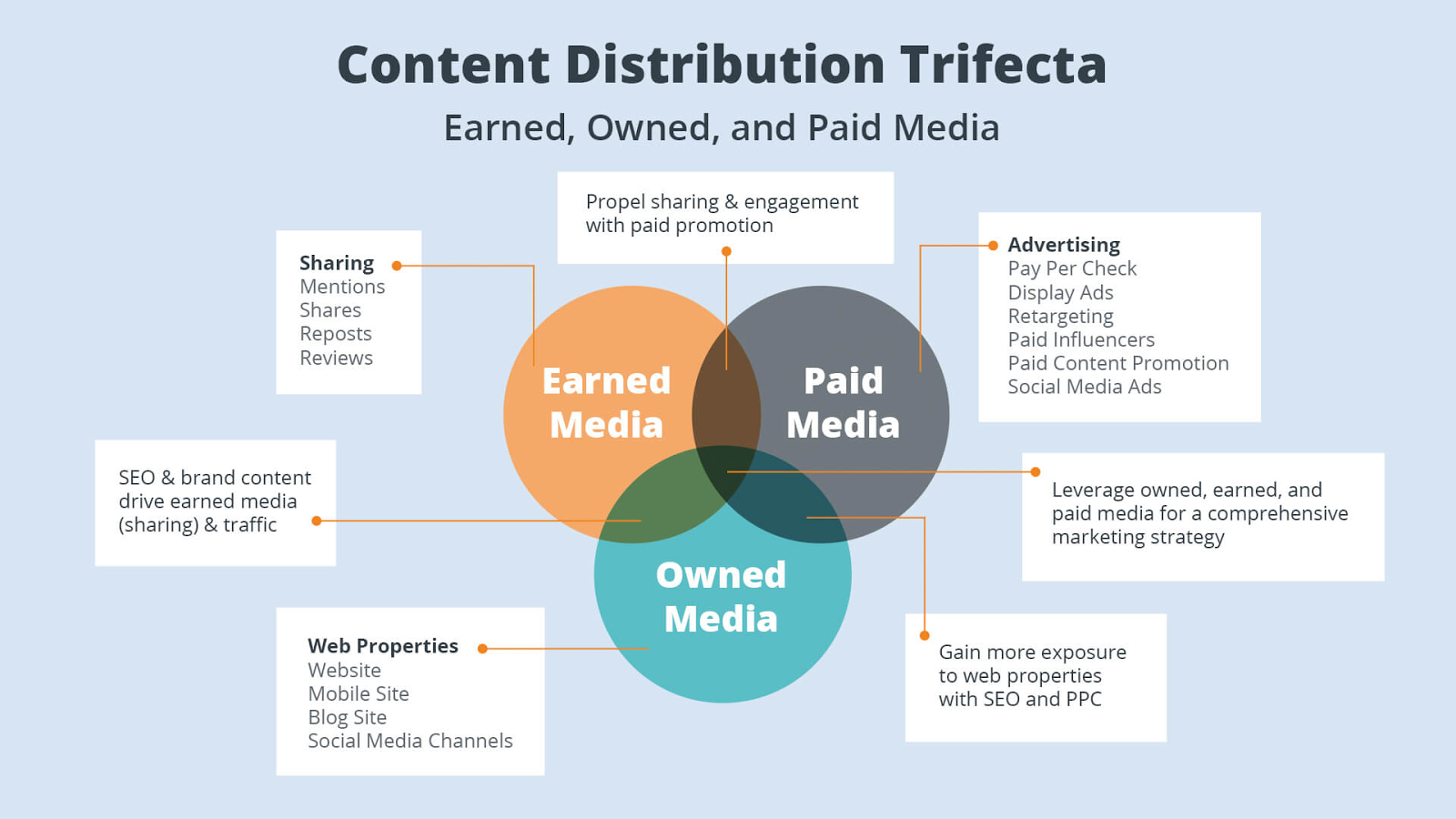
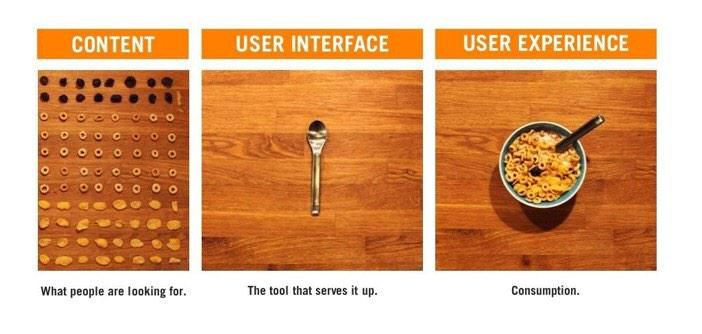
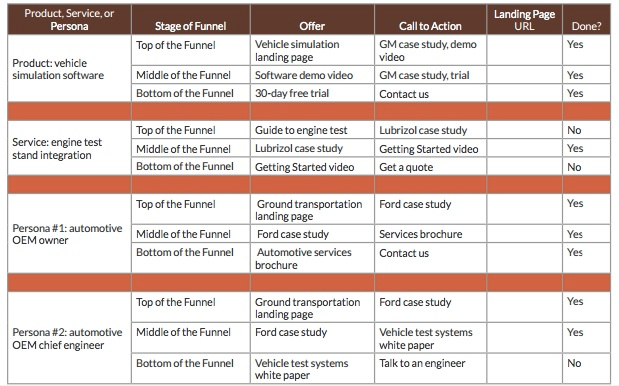
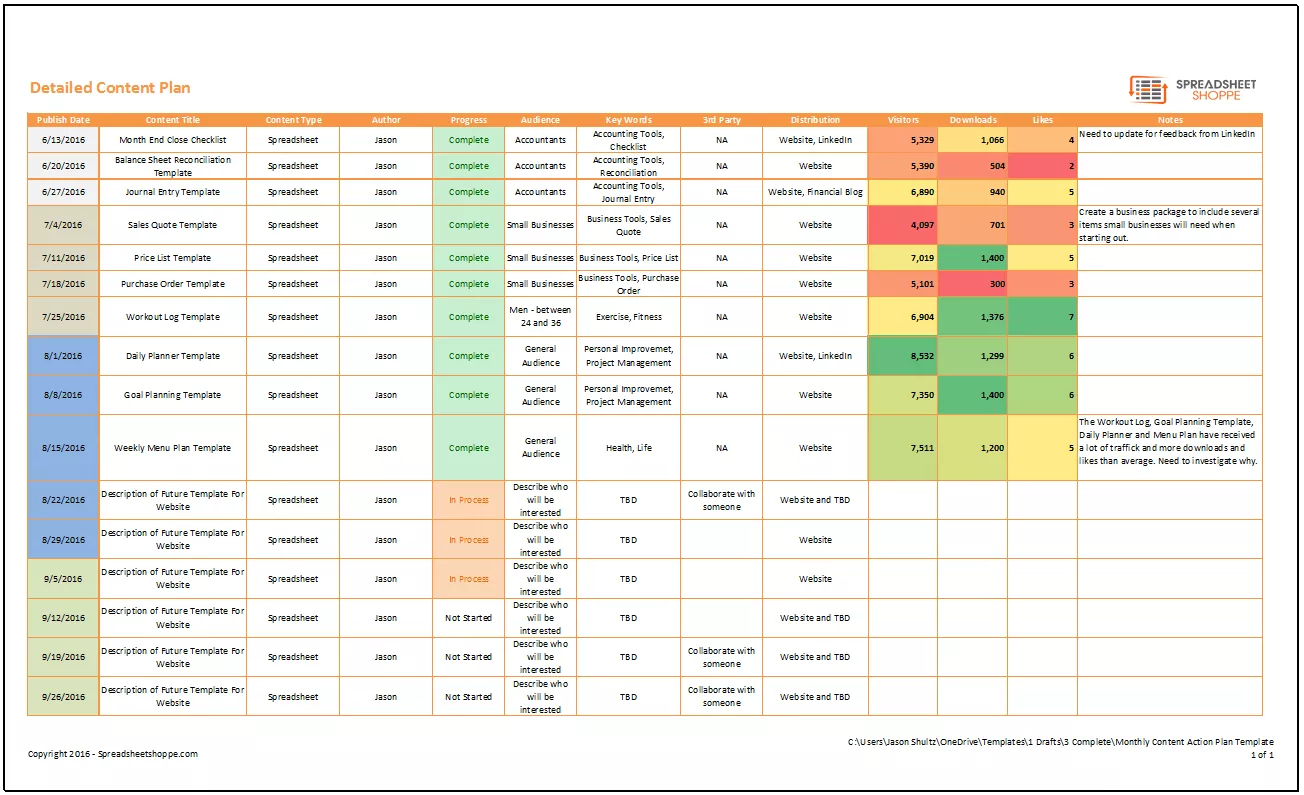
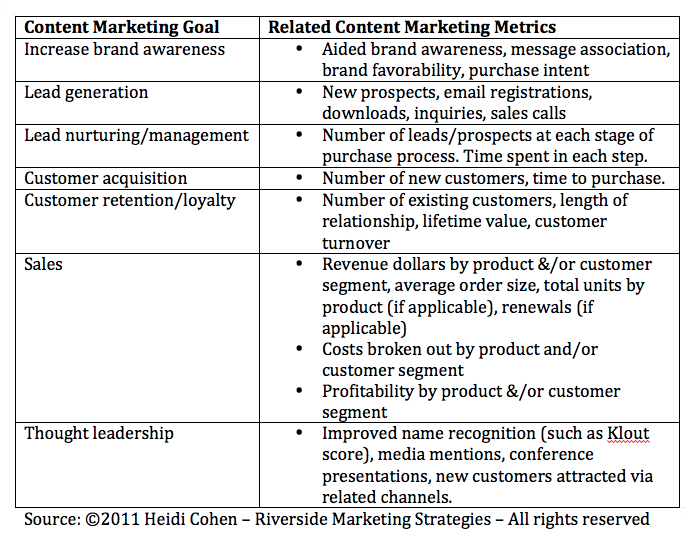
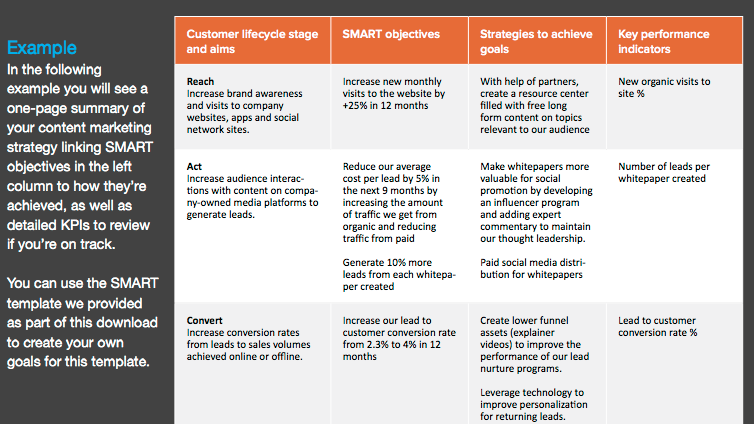
Comments (6)